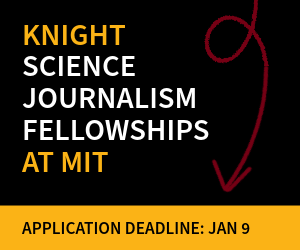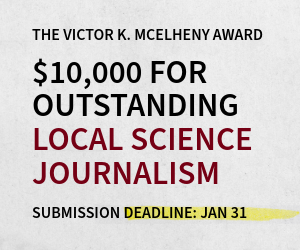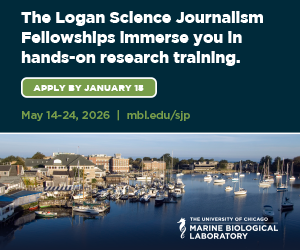The nation’s sad state of oral health often gets short shrift in the mainstream press. In Teeth: the Story of Beauty, Inequality and the Struggle for Oral Health in America, Mary Otto explores economic disparities in dental care, the connection between tooth decay and diminished job prospects, the continuing fake debate over the value of water fluoridation, the ethics of cosmetic dentistry, and more. Having focused her reporting on such issues for more than a decade, Otto serves as oral health topic leader for the Association of Health Care Journalists, for which she writes a weekly blog.
Amy McDermott now knows more about lichens than she ever expected to. Her Taylor/Blakeslee Project Fellowship was an introduction to deep-dive feature reporting, a chance to build relationships with U.S. Forest Service heavyweights, and a chance to chase great stories.



